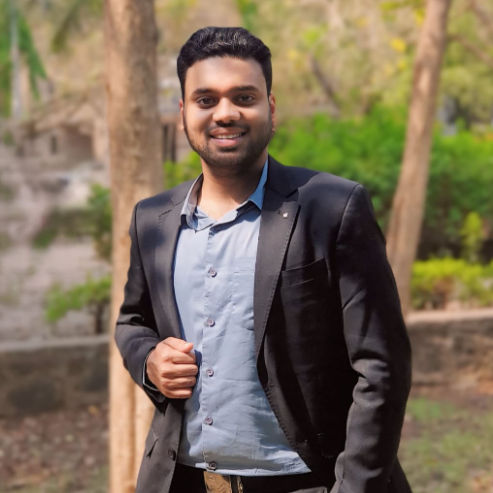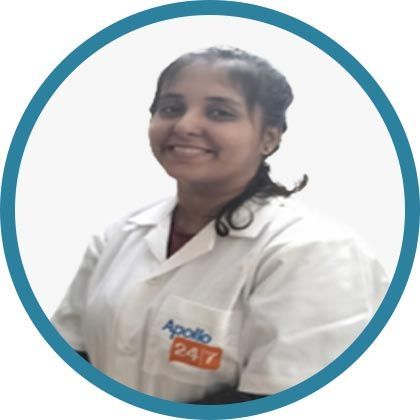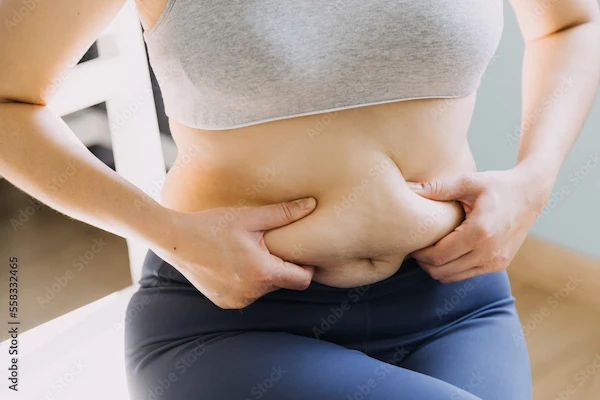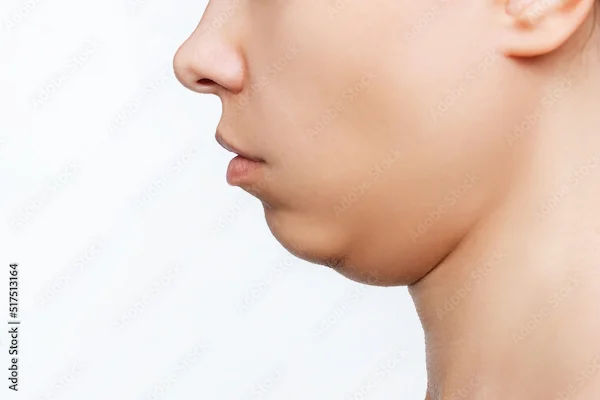How to Reduce Breast Fat: Effective Methods and Medical Insights
Learn how to reduce breast fat through diet, exercise, and lifestyle changes. Explore natural methods and effective strategies for a healthier you.

Written by Dr.Sonia Bhatt
Last updated on 3rd Jul, 2025

Excess breast fat is a common concern for many people, affecting both men and women. Breast size and fat distribution normally depend on genetics, lifestyle, and hormonal fluctuations. Understanding how to reduce breast fat is crucial for both aesthetic and health reasons. Whether you're seeking to improve your appearance, alleviate physical discomfort, or address underlying health issues, this article will explore effective methods to reduce breast fat.
Reducing breast fat isn't about targeting the breasts specifically, as spot reduction is a myth. Instead, it involves overall body fat reduction through proper diet, exercise, and, in some cases, medical intervention.
What Causes Excessive Breast Fat?
Breast tissue consists of glandular tissue, connective tissue, and fat. Excessive fat in the breasts can be caused by a variety of factors:
Hormonal Factors
Hormones have a big impact on where fat is stored in the body, including in the breasts. Estrogen, in particular, is key for developing breast tissue and storing fat in women. Changes in hormone levels during puberty, pregnancy, breastfeeding, and menopause can cause the size and fat content of the breasts to change.
Menopause: As women get older and go through menopause, their estrogen levels drop, which causes fat to shift to different areas, like the chest and abdomen.
Pregnancy and Breastfeeding: During pregnancy and while breastfeeding, hormonal changes cause an increase in breast tissue and fat. After breastfeeding, some women may notice that extra fat remains in the breast area.
Genetics and Family History
Genetics largely dictate body fat distribution, including the size and shape of the breasts. Some people may naturally store more fat in their chest area, which can contribute to larger breasts. If you have a family history of large breasts or significant breast fat, it’s possible that you may experience similar traits.
Lifestyle Factors
An unhealthy lifestyle, including poor eating habits and a lack of physical activity, can contribute to excess body fat, including in the breasts.
Poor Diet: Diets high in processed foods, sugars, and unhealthy fats can promote fat accumulation throughout the body, including the chest.
Sedentary Lifestyle: Lack of exercise leads to weight gain, which often results in fat storage in various areas, including the breasts.
Medical Conditions and Medications
Certain medical conditions and medications can contribute to breast fat accumulation.
Hypothyroidism: An underactive thyroid can lead to weight gain and fat storage in various parts of the body, including the breasts.
Polycystic Ovary Syndrome (PCOS): This condition, which affects hormone levels, can lead to weight gain and fat accumulation in areas like the chest.
Medications: Some medications, such as corticosteroids, birth control pills, and hormone replacement therapy, can cause weight gain and breast fat increase.
Effective Ways to Reduce Breast Fat
While breast fat reduction requires an overall approach to body fat reduction, certain strategies can help you achieve your goals. Here are some effective methods:
Diet and Nutrition
A balanced, nutrient-rich diet is essential for fat reduction in the body. A well-structured diet not only helps in losing excess fat but also supports overall health.
Calorie Deficit: To lose fat, including breast fat, you need to consume fewer calories than you burn. A calorie deficit can be achieved by eating a nutrient-dense, lower-calorie diet.
Eat Whole Foods: Focus on whole, minimally processed foods such as vegetables, fruits, lean proteins, and healthy fats. These foods are rich in essential nutrients while being lower in empty calories.
Limit Processed Foods and Sugars: Processed foods and sugary snacks can contribute to weight gain, especially around the breasts. Reducing sugar intake helps regulate insulin levels, which in turn reduces fat storage.
Increase Protein Intake: Protein helps build muscle and boosts metabolism, aiding in fat loss. Include lean meats, legumes, and plant-based protein sources in your diet.
Exercise and Physical Activity
Exercise is one of the most effective ways to reduce overall body fat, including breast fat. Regular physical activity can help you achieve a healthy weight and tone muscles, resulting in firmer, smaller breasts.
Cardiovascular Exercises
Cardio exercises burn calories and reduce body fat, leading to an overall reduction in breast fat. Some excellent cardiovascular exercises include:
Running: A high-intensity cardio workout that promotes fat-burning throughout the body.
Cycling: A great option for improving cardiovascular health and burning fat.
Swimming: Full-body exercise that targets fat loss and builds muscle.
Walking: A moderate but effective way to burn calories and improve fat loss, especially when combined with a healthy diet.
Strength Training
While cardio exercises are essential for burning fat, strength training builds muscle, increases metabolism, and contributes to fat loss. Focusing on chest and upper body exercises can also help improve muscle tone and firm the area around the breasts.
Push-Ups: Effective for strengthening the chest muscles and improving the overall appearance of the breast area.
Chest Press: A weightlifting exercise targeting the pectoral muscles.
Dumbbell Flys: A chest exercise that can tone and strengthen the muscles behind the breasts.
While you cannot reduce fat specifically in the breast area, exercises that tone the chest muscles can help firm the area and improve the appearance of your breasts as you lose overall body fat.
Since breast fat is primarily influenced by overall body fat percentage, maintaining a healthy weight is critical. Focus on achieving a sustainable, long-term weight management plan that incorporates a combination of healthy eating, regular exercise, and self-care.
Non-Surgical Options for Reducing Breast Fat
While lifestyle changes are key to reducing breast fat, some non-surgical options can complement your efforts. These methods may help contour the breast area or reduce fat in targeted areas.
Lifestyle Modifications
Consistent healthy habits such as regular physical activity, proper hydration, and adequate sleep are essential for long-term fat loss. A consistent routine will support your efforts in reducing breast fat and maintaining an ideal weight.
Massage and Topical Treatments
Though the evidence is limited, some people use breast massage or topical creams to help reduce fat. Massaging the breasts may improve blood circulation, but it’s not scientifically proven to reduce fat directly. Certain herbal creams claim to have fat-burning effects, but their effectiveness remains unproven.
Medical Interventions and Surgical Options
In some cases, individuals may turn to medical or surgical interventions to address excessive breast fat. While these options are typically reserved for those who haven’t had success with lifestyle changes, they can provide more immediate results.
Liposuction for Breast Fat Reduction
Liposuction is a surgical procedure that removes excess fat from targeted areas. Liposuction can be used to reduce fat in the breast area for both men and women. While the procedure is effective, it carries risks, including infection, scarring, and changes in breast sensation. It’s essential to consult with a qualified surgeon to determine if you’re an appropriate candidate for liposuction.
Breast Reduction Surgery
For individuals with disproportionately large breasts, breast reduction surgery can remove excess breast tissue and fat, providing relief from physical discomfort and improving aesthetic appearance. This procedure involves removing tissue and reshaping the breasts. As with any surgery, there are risks, including scarring and changes in sensation.
Non-Surgical Fat Reduction Treatments (e.g., CoolSculpting)
Non-invasive treatments like CoolSculpting freeze fat cells, which are then naturally eliminated by the body. This procedure can reduce breast fat, although results may vary. Non-surgical treatments often have fewer risks than surgery but may require multiple sessions for noticeable effects.
Myths and Misconceptions About Reducing Breast Fat
Several myths surround the idea of breast fat reduction. One common misconception is that you can target fat loss in the breasts specifically. Spot reduction is a myth and breast fat reduction occurs as part of overall body fat loss.
Another myth is that certain foods or supplements can directly reduce breast fat. While a healthy diet aids fat loss, there is no magic food that specifically targets breast tissue.
When to Consult a Doctor or Specialist
If you've made lifestyle changes but haven’t seen results, or if you're noticing unusual symptoms like pain, lumps, or changes in the skin of your breasts, it’s a good idea to talk to a doctor. They can help figure out if medical treatment or surgery is needed.
When to See a Doctor:
Ongoing pain or discomfort in your breasts.
Changes in the size, shape, or appearance of your breasts.
Lumps or other unusual signs.
Struggling to lose weight even with healthy habits.
Conclusion
Reducing breast fat requires a holistic approach, focusing on overall body fat reduction rather than targeting the breast area specifically. Through proper diet, regular exercise, and healthy lifestyle habits, you can achieve your desired results. While medical interventions are available, they should be considered after lifestyle changes have been implemented.
Remember, it’s important to consult with healthcare professionals if you have concerns about your breast health or if non-surgical methods don’t yield the desired outcomes. With time, patience, and dedication, you can reduce excess breast fat and improve both your health and appearance.
Consult Top General Physicians
Consult Top General Physicians

Dr Aakash Andgi
General Physician/ Internal Medicine Specialist
9 Years • MBBS MD
Bengaluru
Apollo Clinic, JP nagar, Bengaluru

Dr. Harshendra Jaiswal
General Physician/ Internal Medicine Specialist
12 Years • MBBS , MD (General medicine)
Kolkata
108 DHANA DHANVANTARI Clinic, Kolkata
(25+ Patients)

Dr Syed Mateen Pasha
General Physician
2 Years • MBBS
Bengaluru
PRESTIGE SHANTHINIKETAN - SOCIETY CLINIC, Bengaluru

Dr. Anand Ravi
General Physician
2 Years • MBBS
Bengaluru
PRESTIGE SHANTHINIKETAN - SOCIETY CLINIC, Bengaluru

Dr. Ashita Kuruvilla
General Physician/ Internal Medicine Specialist
7 Years • MBBS
Kolkata
KVC CLINIC, Kolkata




